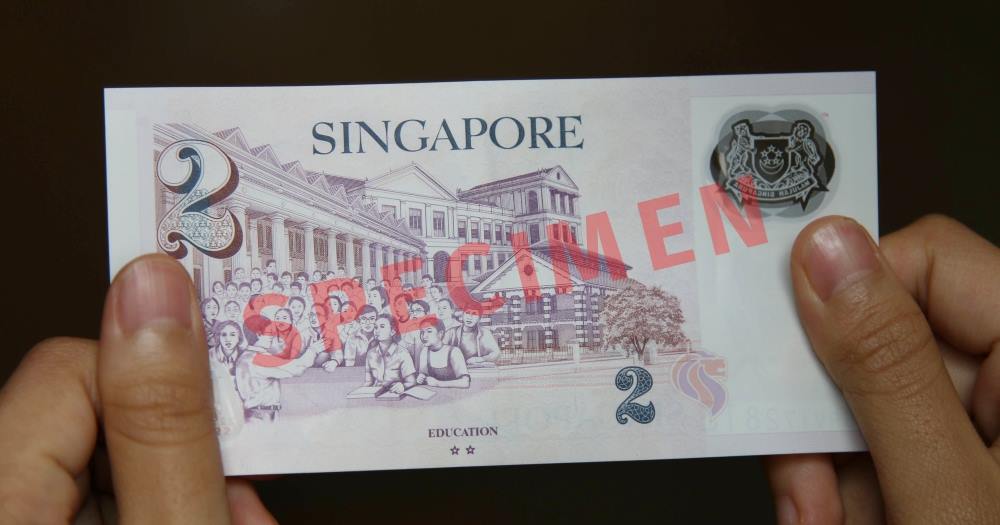You might not know who Eng Siak Loy or Chua Mia Tee are, but chances are, you would have touched their work.
Or found their work very attractive.
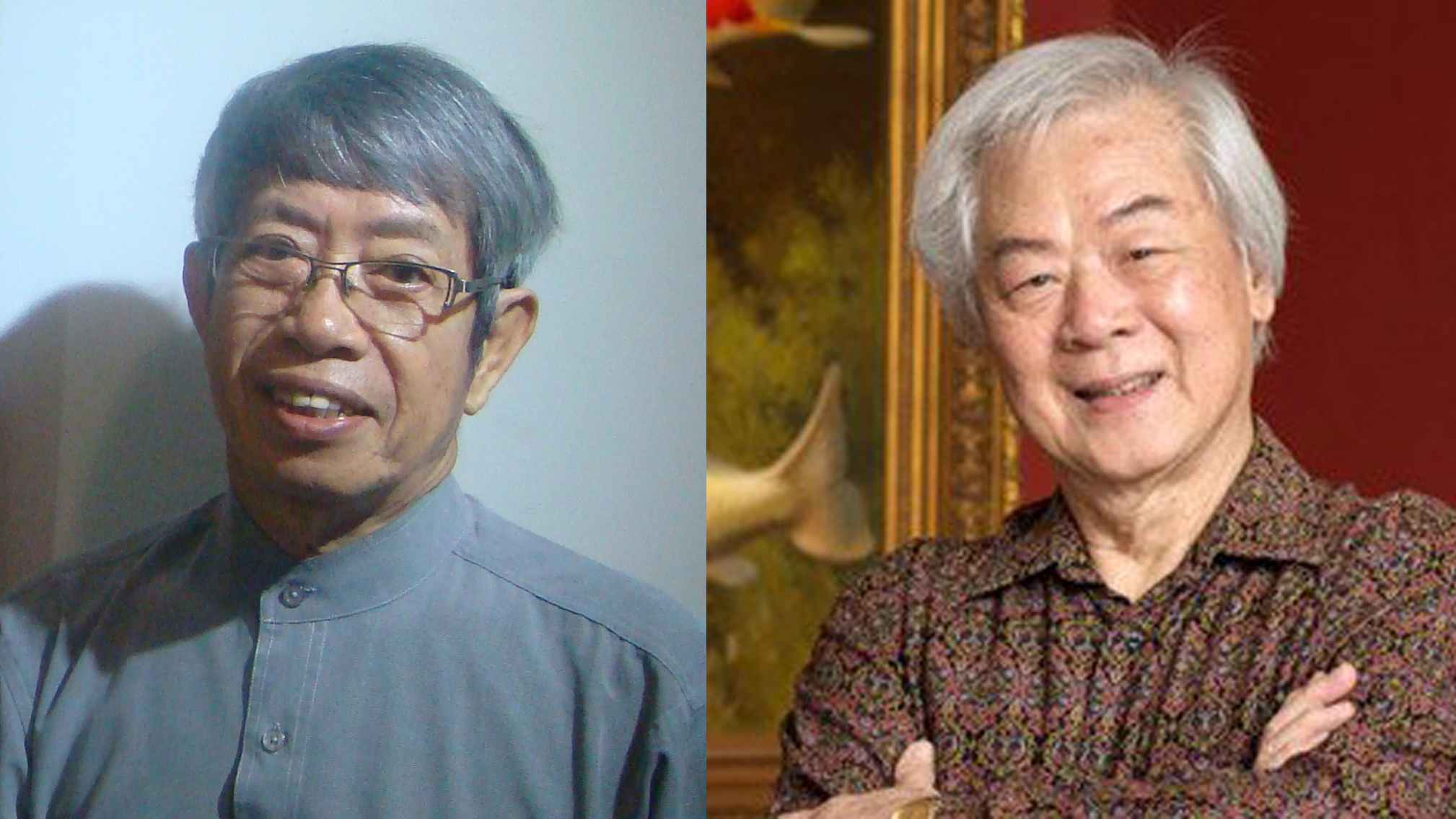 Eng Siak Loy (L) and Chua Mia Tee (R). Via Nan Man Art and NAFA
Eng Siak Loy (L) and Chua Mia Tee (R). Via Nan Man Art and NAFA
Eng, 77, is the designer behind the Portrait Series of currency that we use in Singapore today.
Chua, 86, is the artist who drew that portrait of Yusof Ishak -- possibly the most viewed and admired portrait in Singapore.
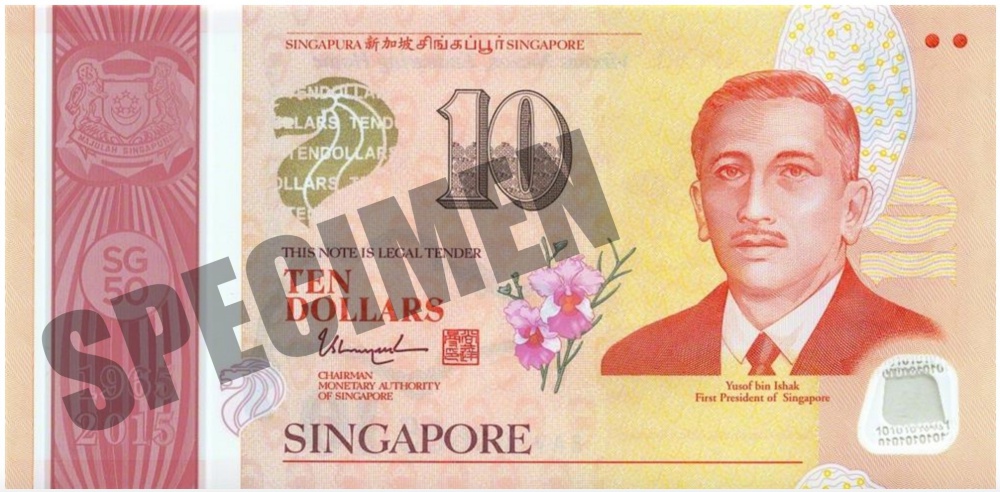
The Portrait Series is the longest running currency series in Singapore:
The Orchid Series ran from 1967 to 1976 (nine years) and featured various orchids.
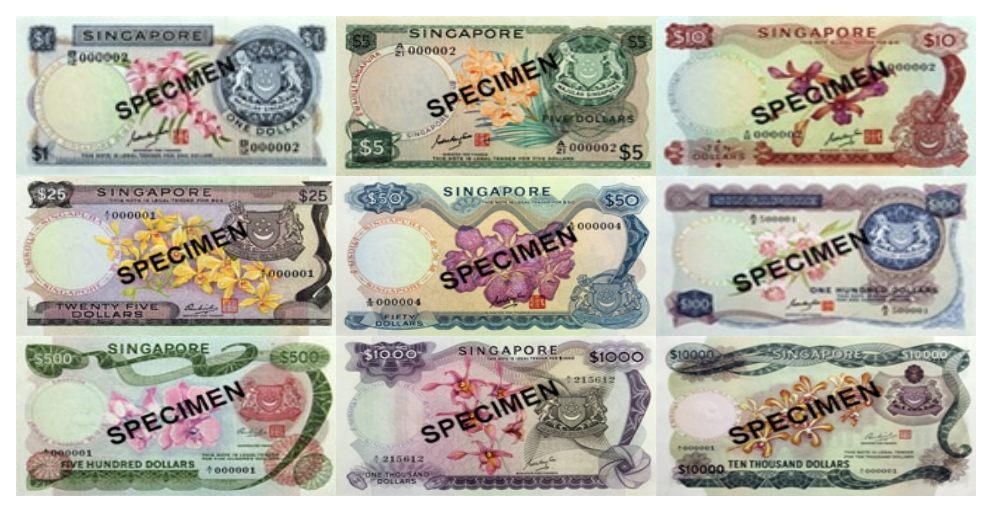 Via MAS.
Via MAS.
The Bird Series ran from 1976 to 1984 (eight years). It featured birds known for their "strength, adaptability and independence" -- visual symbols for a newly emerging Republic.
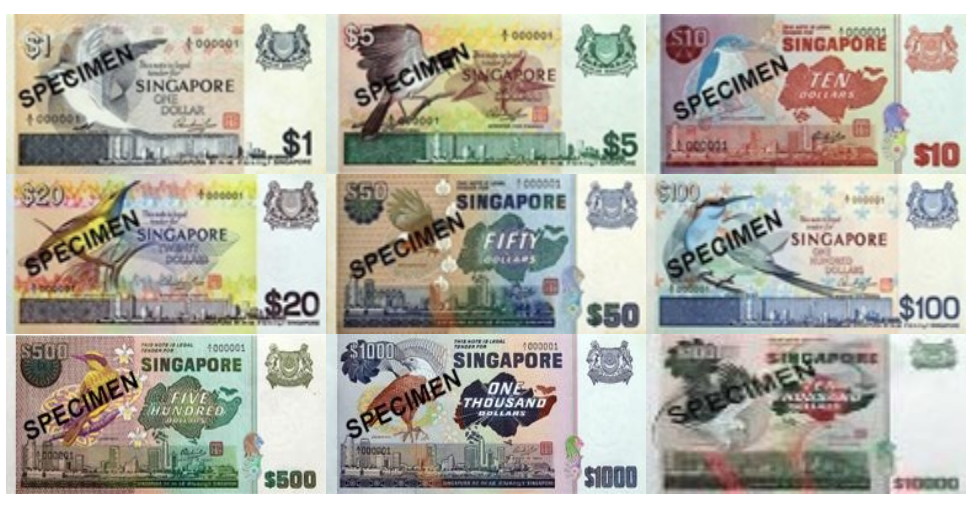 Via MAS.
Via MAS.
The third series of currency, Ship Series, ran from 1984 to 1999 (15 years). They featured ships that have plied Singapore waters over the years, from little merchant crafts to modern hulking carriers.
In this series, the $20 denomination was discontinued and the $2 denomination was added.
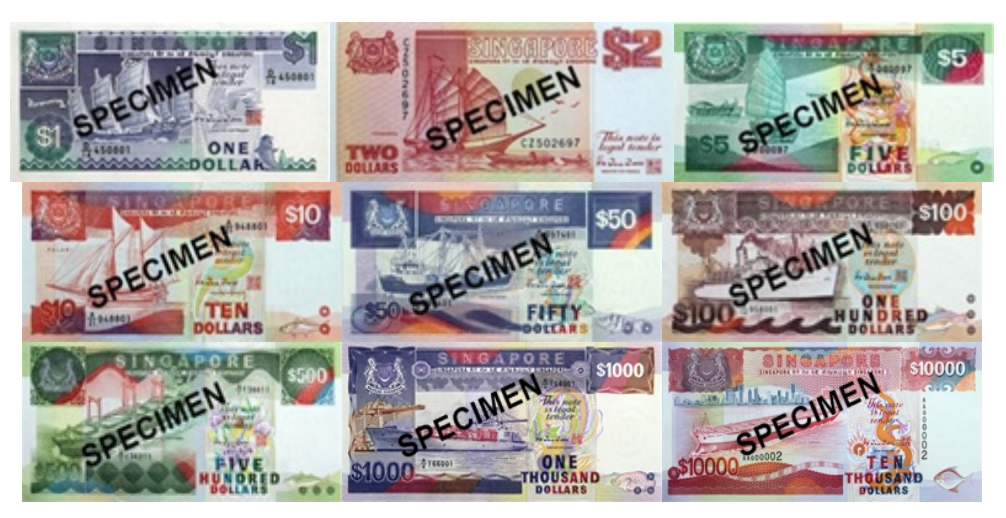
Lastly, the Portrait Series has been running for a whooping 19 years and counting (1999 to present). The portrait in question belongs to the late Encik Yusof Ishak, Singapore's first president, in honour of his "invaluable contribution towards nation building".
This series was also the first one that was conceptualised and designed by local talent.
According to then-Finance Minister Richard Hu, at the launch of the Portrait Series before the new millennium, a portrait also serves as a form of protection against counterfeit currency.
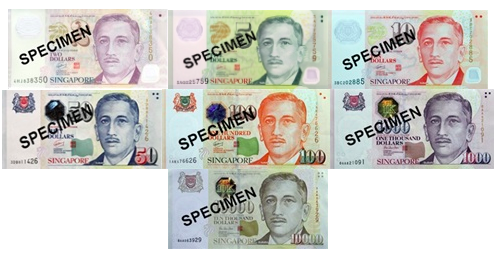 Via MAS.
Via MAS.
Designing the Portrait Series
If you head over to the National Archives Oral History Interviews, you will find Eng's interview (Accession Number 003762) which was recorded in 2012.
Eng came from a big family and arrived in Singapore after the Japanese Occupation ended.
After studying until Primary 6, Eng left school due to financial difficulties and worked in his grandfather's business, writing letters for clan members to mail back to China.
There he developed his love for calligraphy and the arts, which he further indulged in at the Singapore Academy of Art.
Designed stamps
After establishing a career designing stamps, Eng was long-listed to join a competition to design a series of Singapore currency. In the second round, Eng and two others were shortlisted.
They had to submit a draft of the seven denominations. The front design would be the portrait of Encik Yusof Ishak, while the back designs were based on themes such as a Garden City, and Singapore's melting pot of cultures.
[related_story]
"It nearly cost me my life"
According to the interview, Eng had to draw over 700 drafts for the back designs before the final seven were approved by a committee.
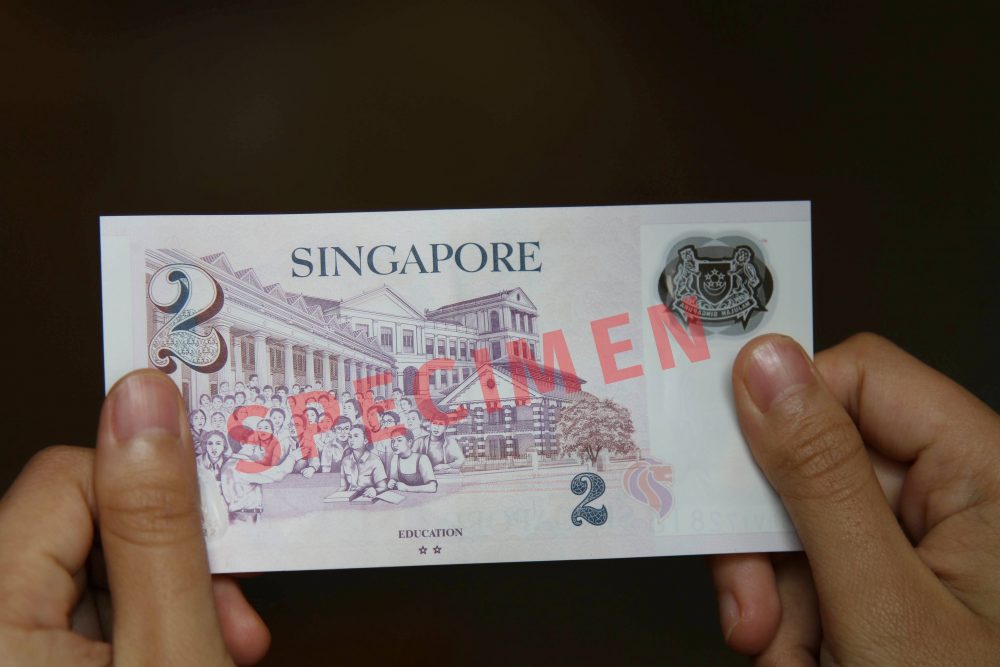 The back design of the $2 note is based on the theme "Education". Image by Joshua Lee.
The back design of the $2 note is based on the theme "Education". Image by Joshua Lee.
"It nearly cost me my life," he said.
The committee members made several demands which sometimes bordered insane.
"There were so many changes. One of the committee members might dream of an idea one night. The next day, he'd ask me to draw it, and demand that I submit it on the same day," lamented Eng. "There were too many people providing their opinions!"
Once is enough
While Eng is very happy he had the opportunity to design Singapore's currency, he maintained that designing it once is enough for a lifetime.
"My life is only this long, how can I spend another five years designing another series?" Eng said.
"While it was difficult, I also received satisfaction. How many people can say they designed currency notes?"
Aside from being aesthetically-pleasing, Eng said the designs had to incorporate security features that help to prevent counterfeiting. If you're interested in the various security features, click here.
One interesting feature that caters to the visually-impaired is the Braille codes printed in heavy intaglio (raised) ink on the top right hand corners of the currency notes. These allow the visually-impaired to identify the value of the notes they are handling.
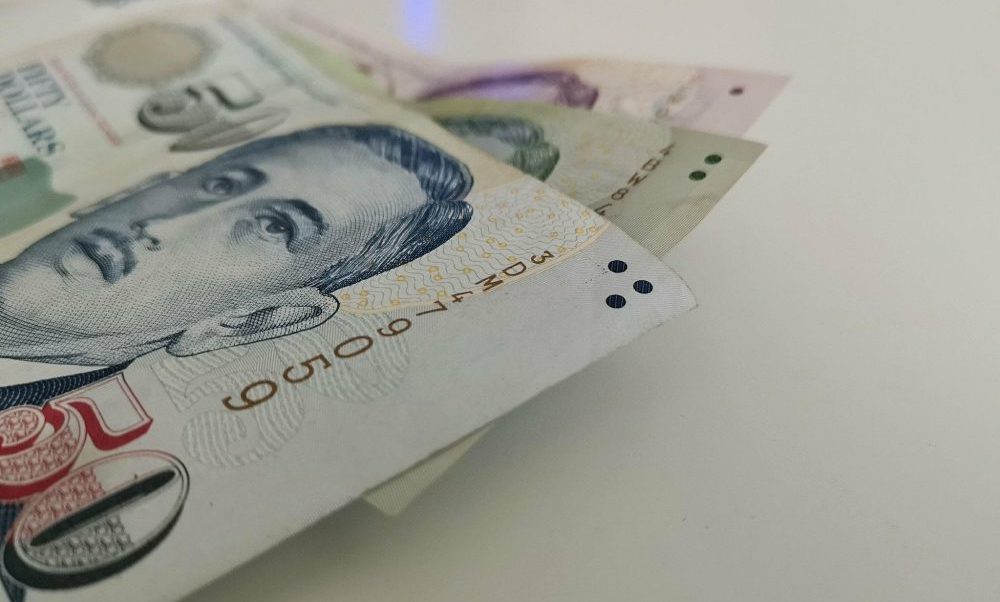 image by Joshua Lee.
image by Joshua Lee.
According to Eng, some parts of the currency are also designed with raised ink to act as a an anti-counterfeit measure.
Eng also let on that the first draft was made of 100 percent cotton. This eventually changed to paper.
Aside from the various security features embedded in the currency design, Eng mentioned the inclusion of the cowrie shells as a nod back to the time Singapore used shells as currency:
Eng's talents extend beyond designing money.
He is also famous for designing the Botanic Garden's Tanglin Gate and the “Our Rainforest Heritage” mural at the Tyersall Gate Visitor Centre.
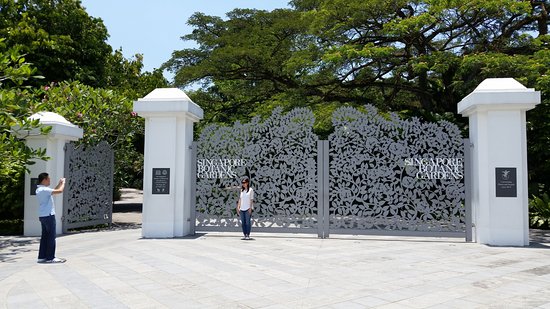
If you're interested to read more about Eng's life, you can listen to his Mandarin interviews (Accession Number 003762) at the National Archives.
Top image by Joshua Lee
If you like what you read, follow us on Facebook, Instagram, Twitter and Telegram to get the latest updates.
